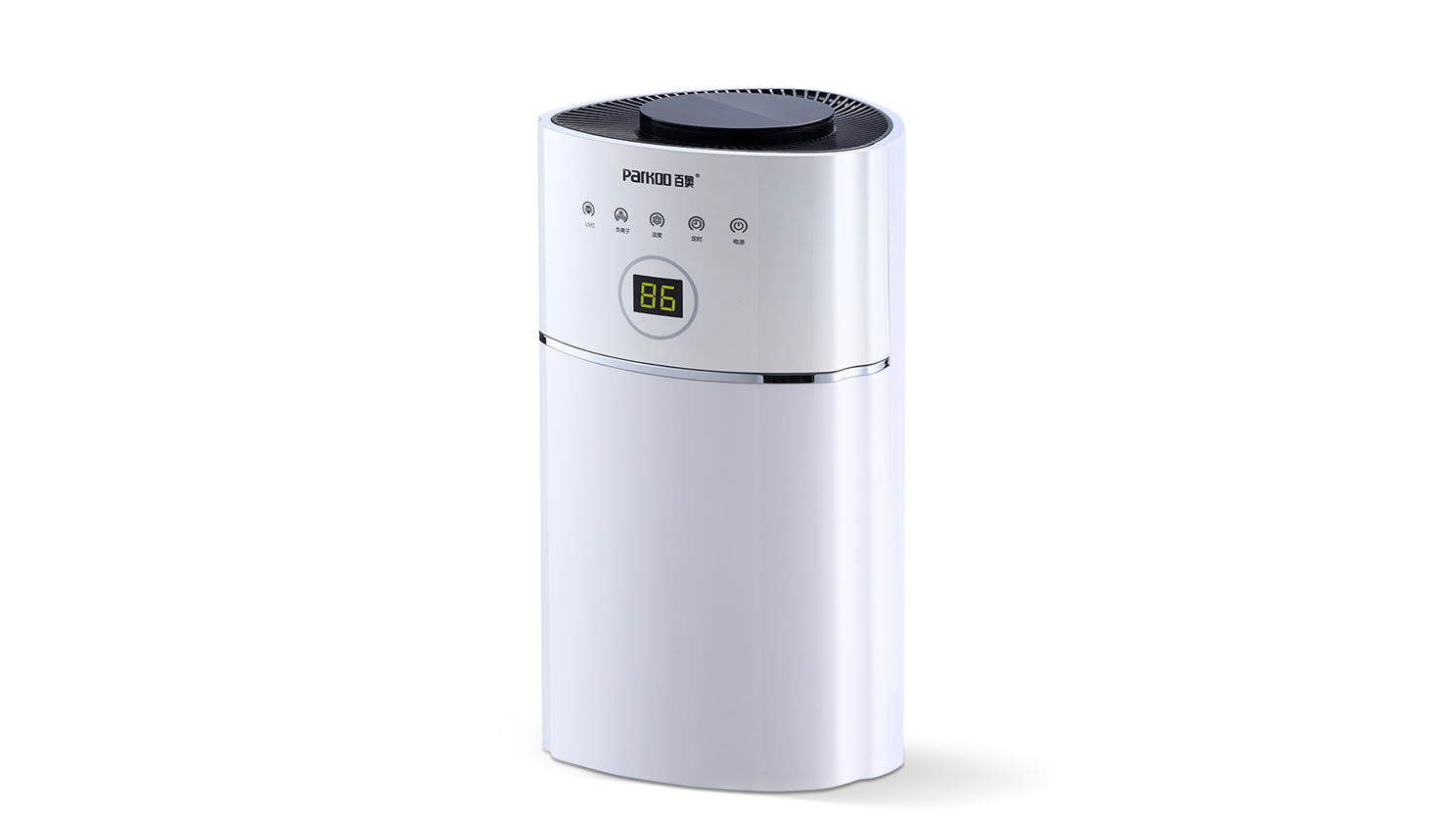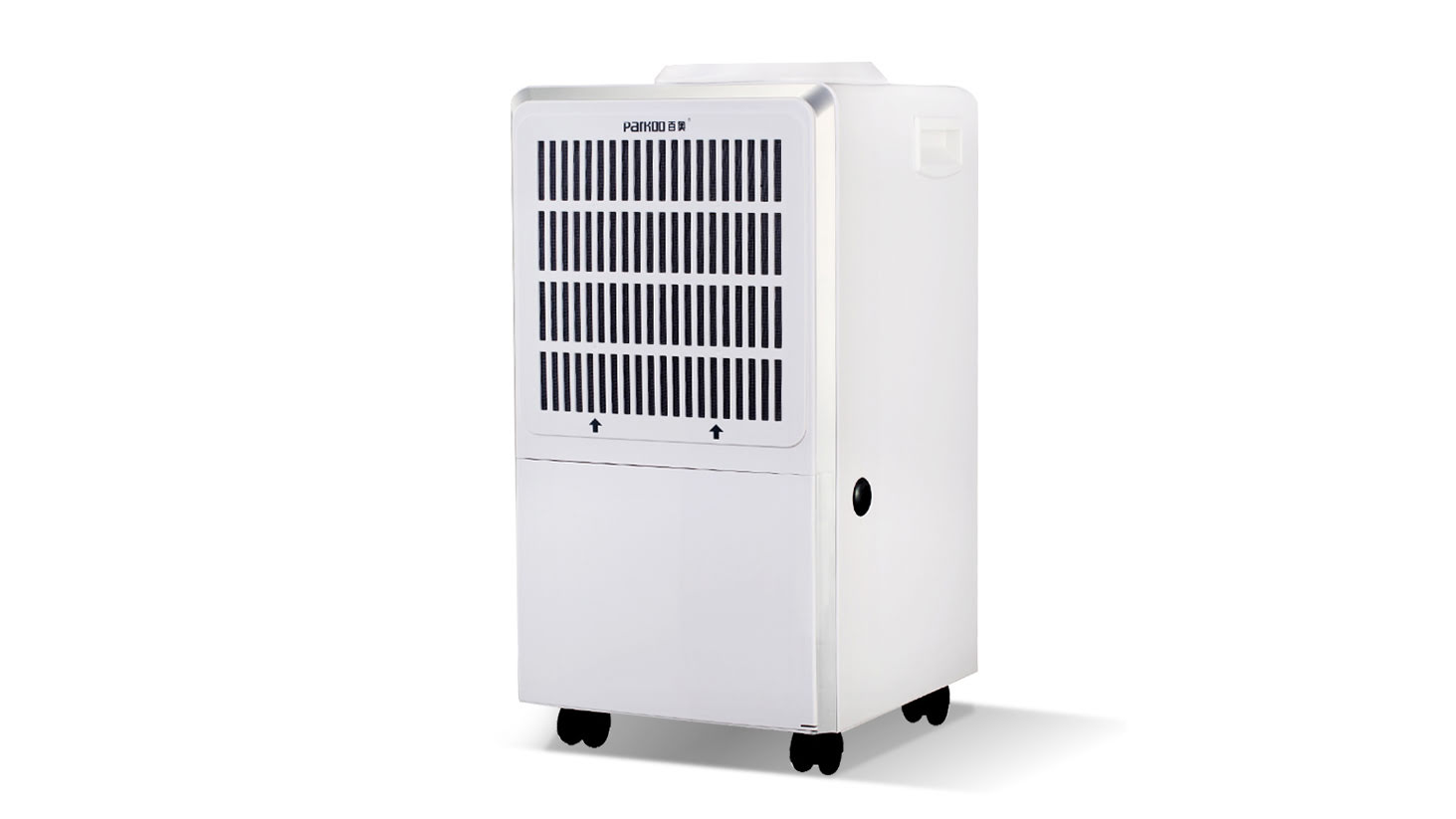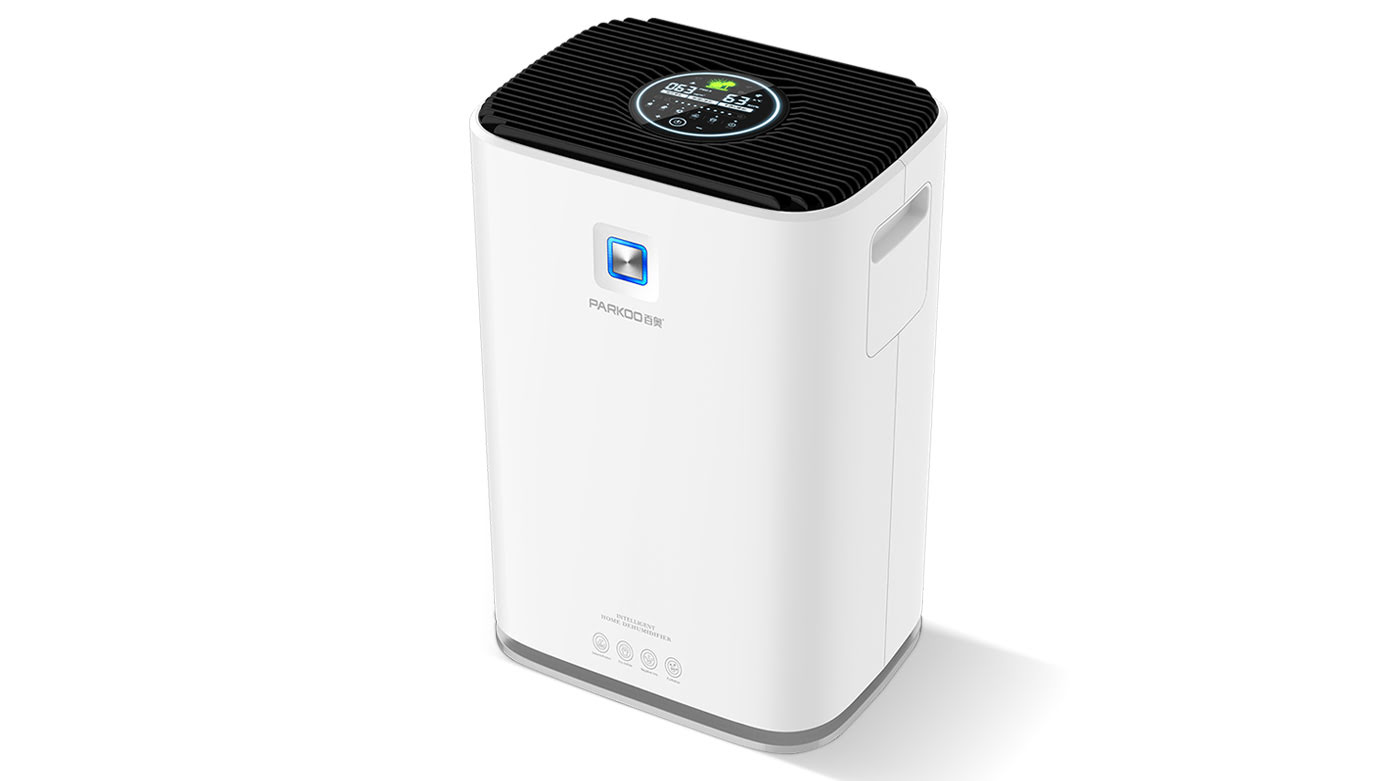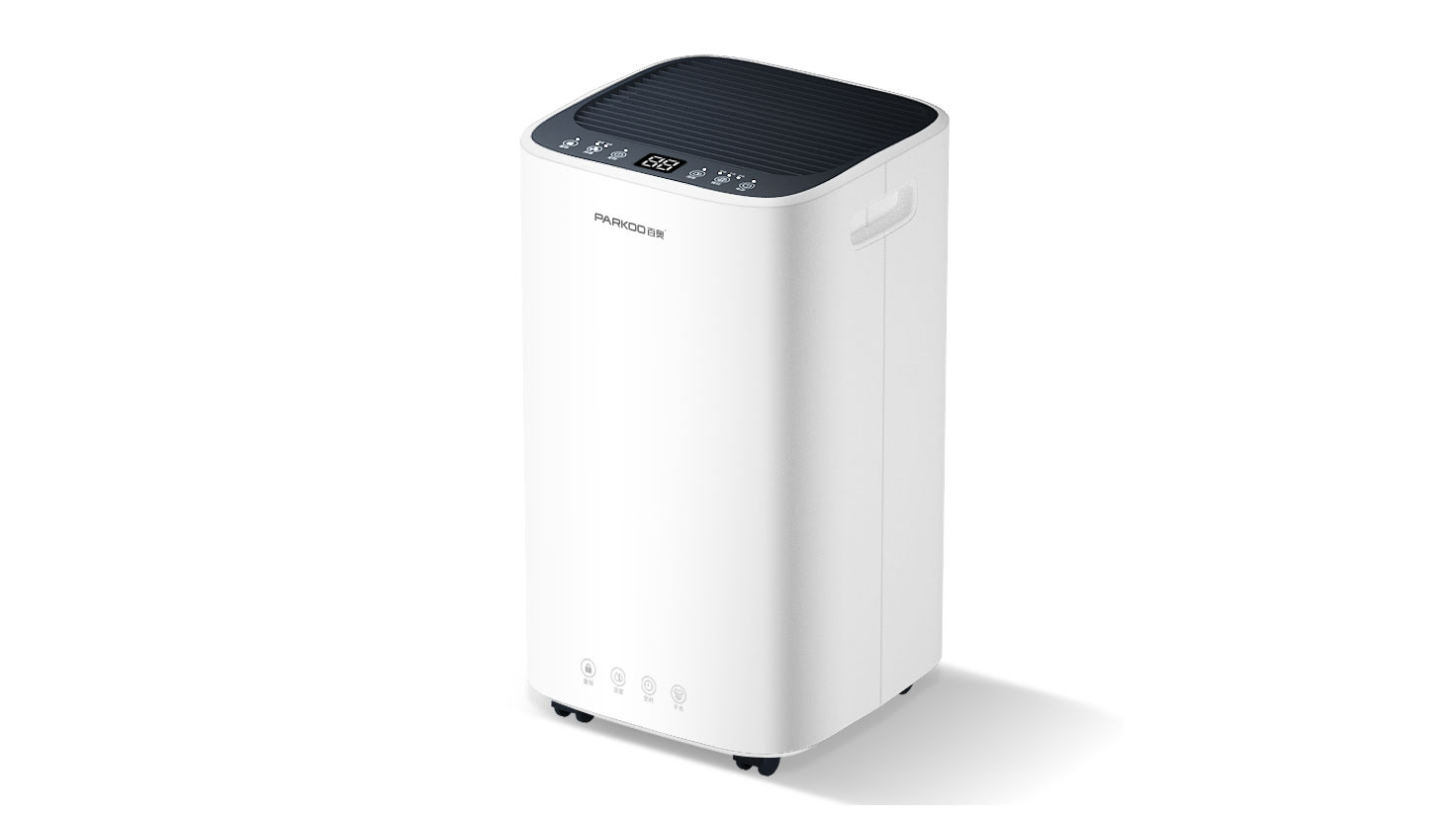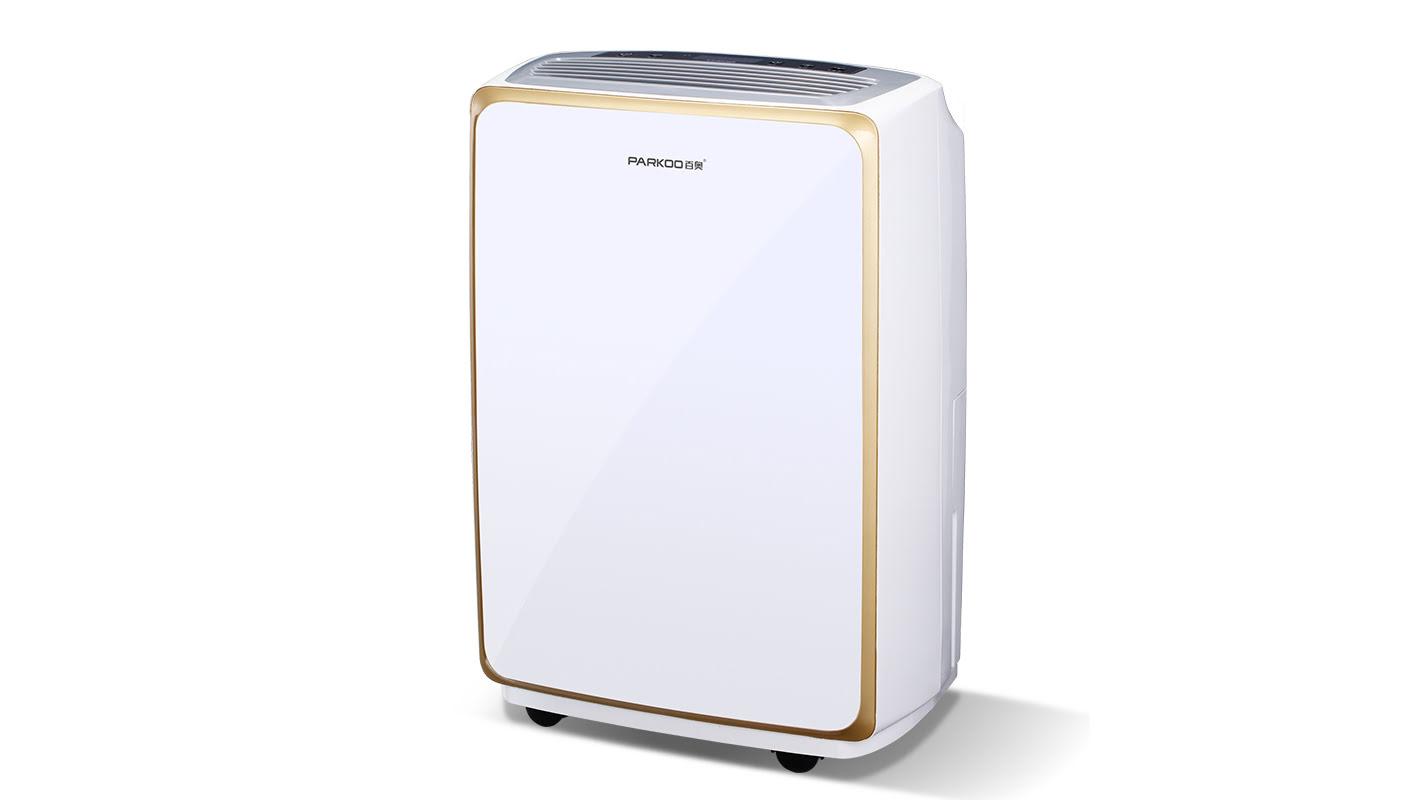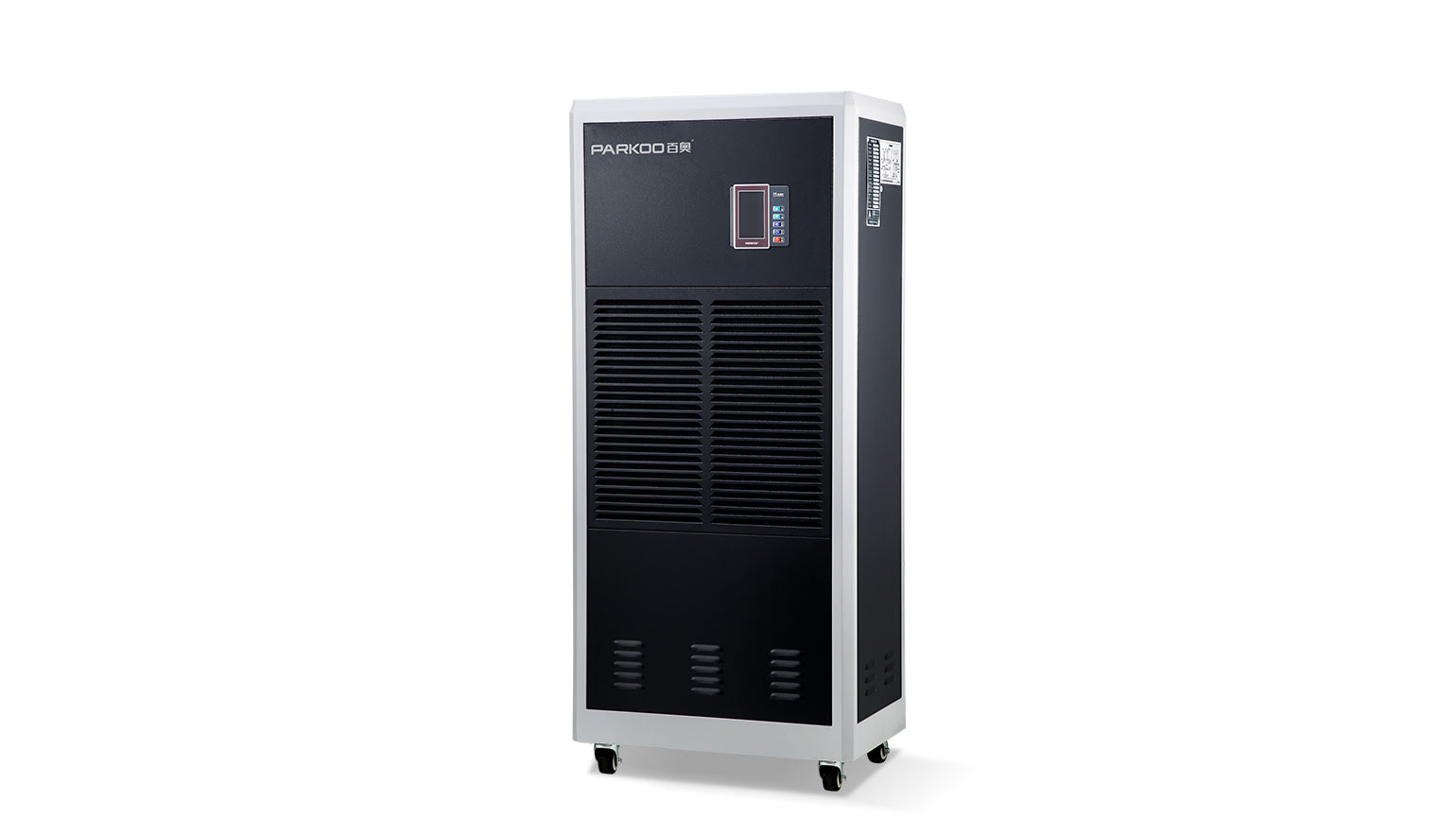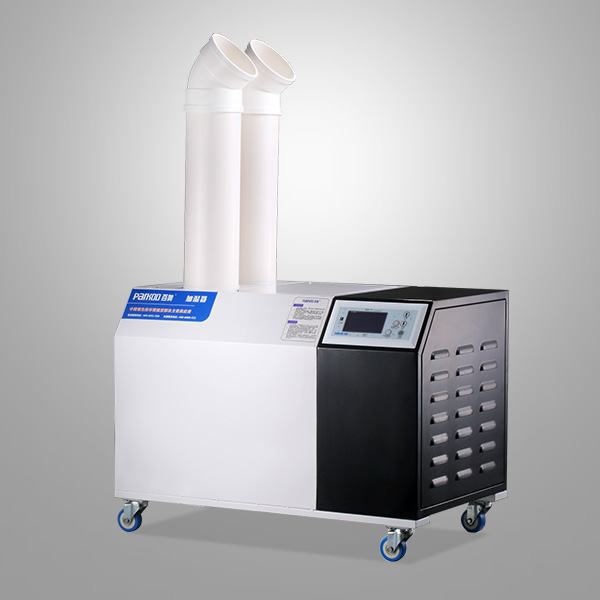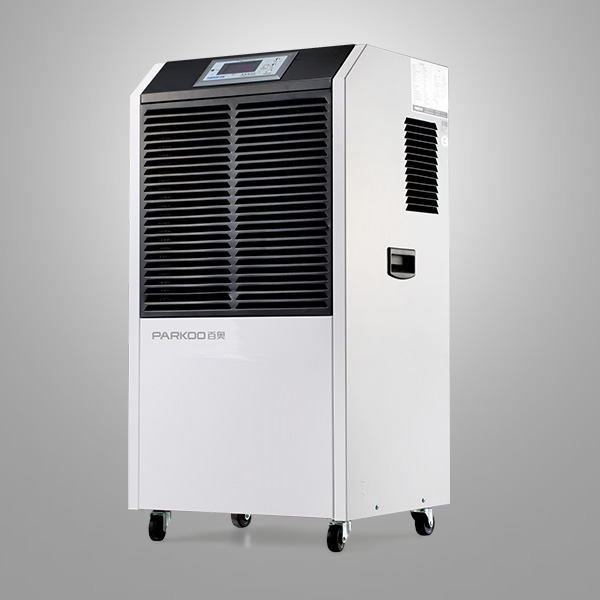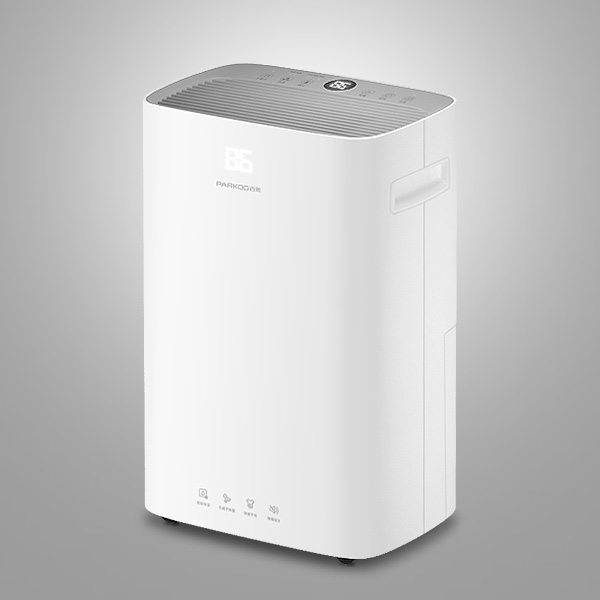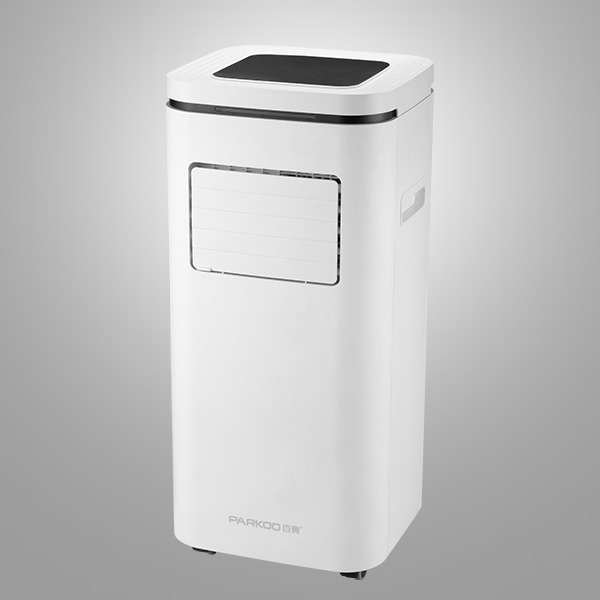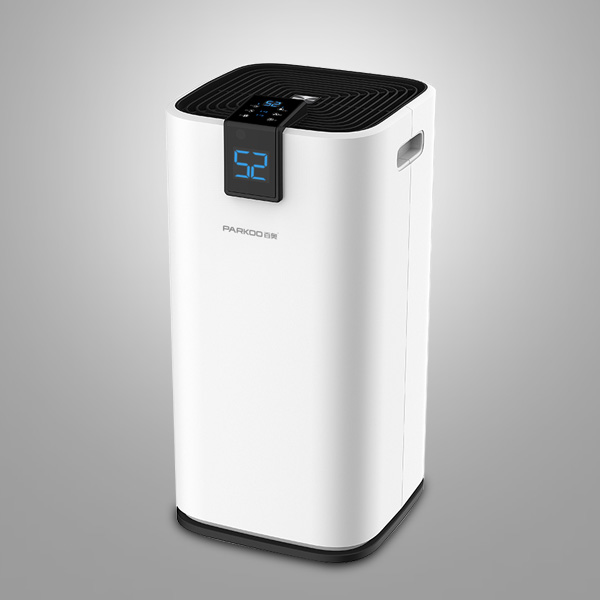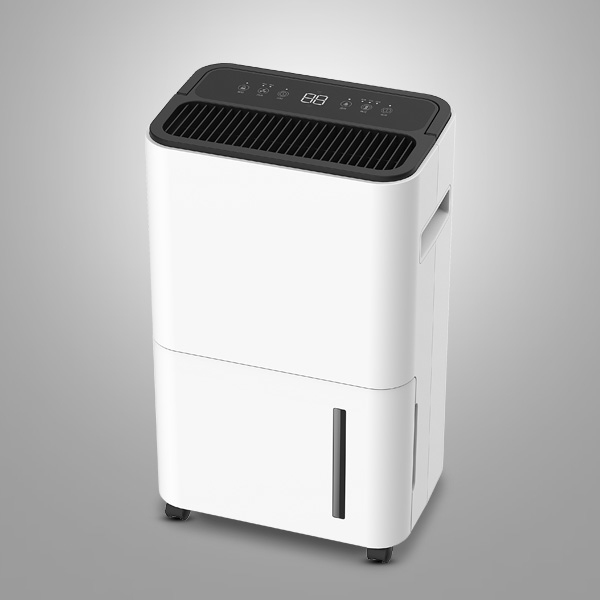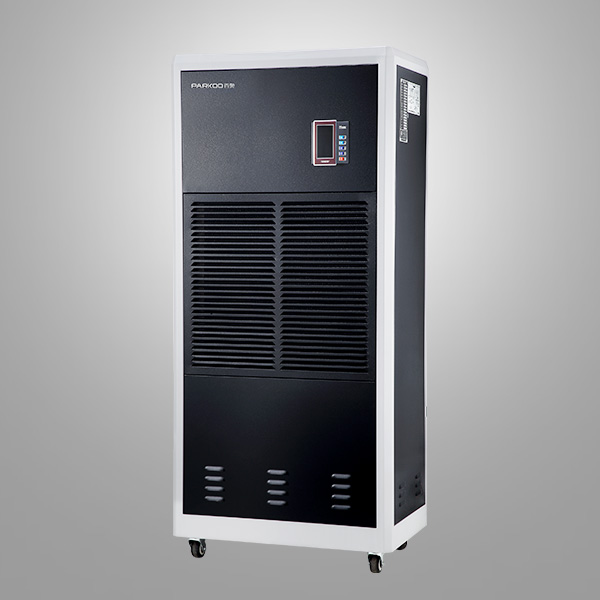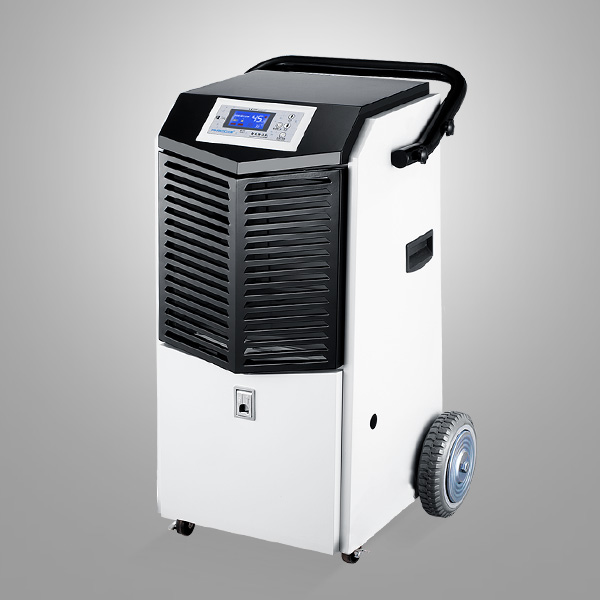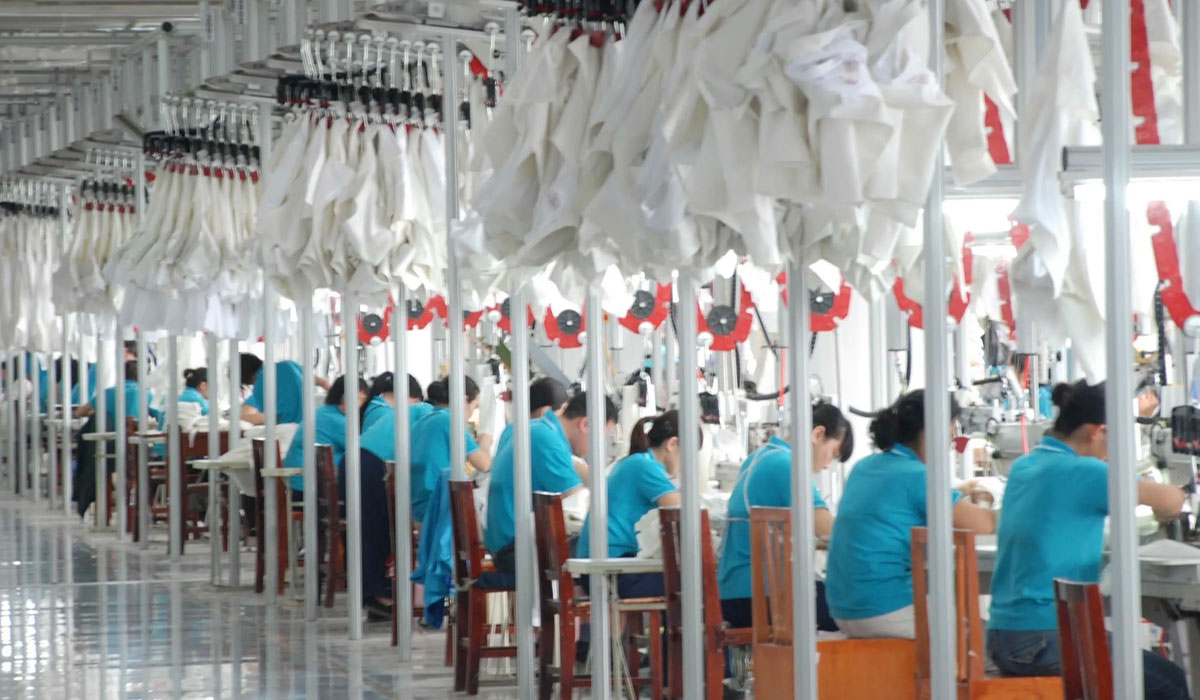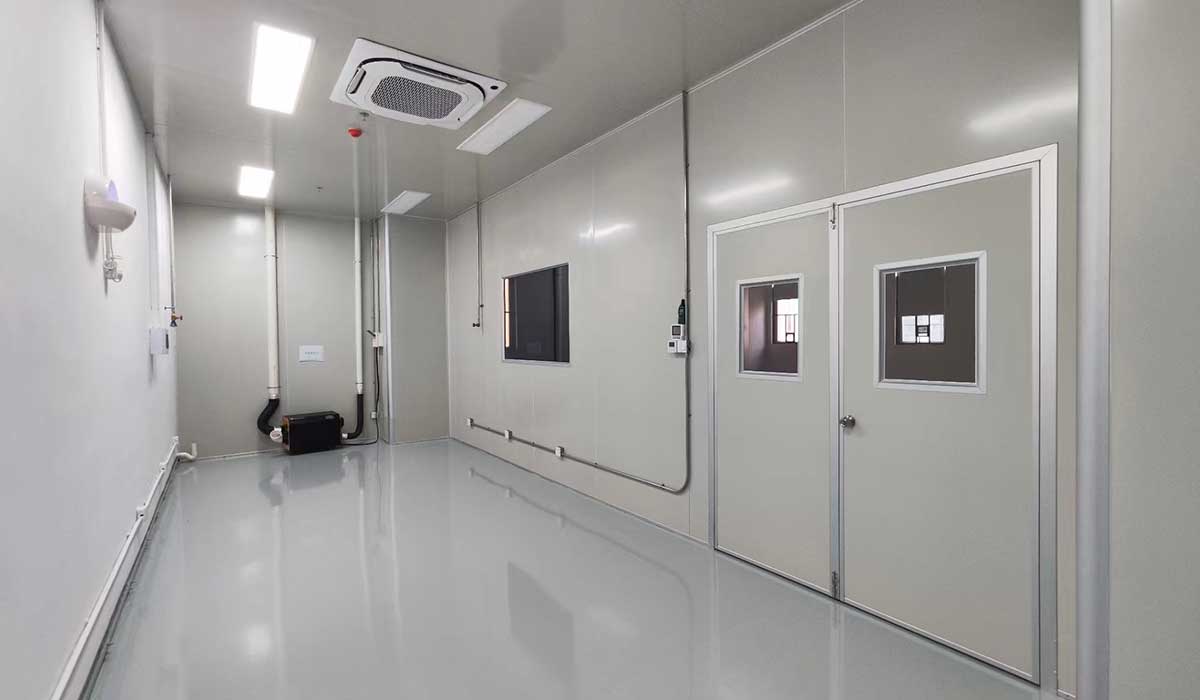industrial dehumidifiers save money in freeze drying tunnels and cold rooms
The food industry faces a paradox: on the one hand, turning water into ice is the raison d'être of freeze-drying tunnels and cold rooms. On the other hand, icing is the main problem in this process. Ice, white frost and fog in the cooled production infrastructure can lead to costly accidents and malfunctions up to production losses. Setting up additional industrial dryers can prevent icing by dehumidifying the air.
In food production with deep-freeze zones, the flow of moist air into the dry air zone cannot be completely avoided, even when equipped with good air locks. Due to the sub-zero temperatures prevailing there, moisture first settles as condensation on walls, ceilings, floors, products and technology and then freezes. This freezing causes a variety of problems:
Frozen products can be grown, making barcodes difficult to recognize.
Ice on floors in loading and entrance areas can lead to slipping hazards and accidents due to fork lifts.
Icicles or ice falling from the ceiling can injure employees.
Transparent strip curtains fogging up, thus obstructing the view of the room behind.
Ice builds up on the technical equipment of the refrigeration system and reduces performance.
Frequent need for defrosting and cleaning of production machines and components of cooling technology necessitates expensive production stops.
The solution utilizes PARKOOTECH's industrial dehumidifier drying technology
Preventive measures by the manufacturer of the refrigeration system are usually not sufficient to prevent icing through dehumidification. To ensure humidity control, additional industrial dryer systems and measuring technology are required. The system can then be installed without difficulty and pays for itself quickly: reduced production losses, savings on accident costs and immaculate goods. Suitable for use in cold stores and freeze-drying tunnels are desiccant dehumidifiers, for different condensing dryers, which ensure reliable dehumidification even in the low temperature range of negative temperatures.


